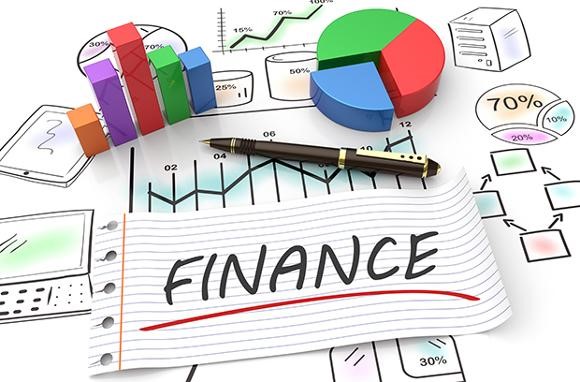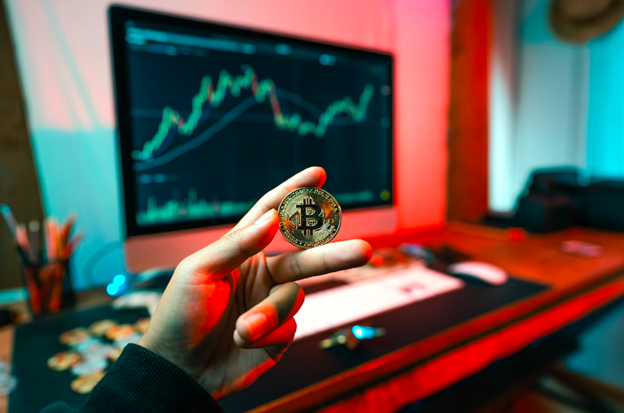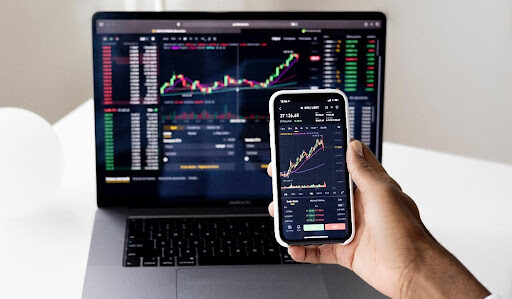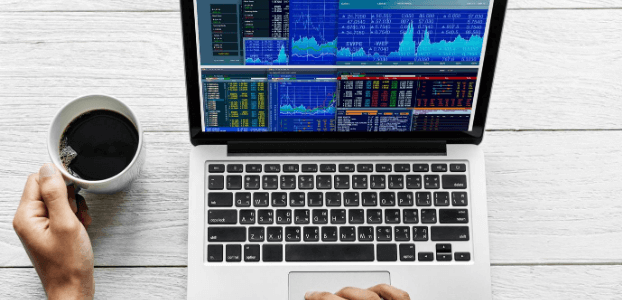Bitcoin the Commodity: What Could Spark a Second Surge?

A year before this article was written, our thinking toward bitcoin was just beginning to change. As the price was rising steadily, and positioning itself for the massive boom we saw in November of 2017, we stopped thinking of it so much as a currency and started to regard it as a commodity. Indeed, it’s hard not to look at a chart that’s turning into something resembling a vertical line without starting to think about it as more of an investment than an asset suitable for day-to-day use!
Now it’s completely ordinary to think of bitcoin as a commodity. There are some differences of opinion as to how it should officially be described or defined, but for most people it’s something to be bought and sold for value, rather than accumulated and used for payments. And if we do think of it this way, it’s only natural to then wonder what if anything might lead to another surge like the now-infamous late-2017 one.
The obvious caveat here is that if anyone could answer that question definitively he or she would be poised to become a billionaire. I am not such a person. But I do have a few ideas about what could lead to a sharp rise on the bitcoin charts at one point or another.
Rumours of Recession
No matter how much savvy financial experts might want to dispel the notion, there is a link between gold and bitcoin. Gold has long been thought of, properly or not, as a safe haven in times of financial hardship. As currencies struggle, the logic goes, gold can remain stable and thus provide a more reliable means of storing wealth.
And many believe that bitcoin could act similarly. That means that there is some potential for rumours of currency decline or economic recession could lead people to seek refuge in bitcoin. Throw in the fact that there are some who believe a recession is coming, either in the U.S., Europe, or both, and this may be a significant factor.
Interest from Large Stores
One of the main things that could get huge numbers of people more interested in acquiring bitcoin is for it to simply become more useful. And that will happen primarily if large stores decide to begin treating it as acceptable tender. With a few exceptions this hasn’t happened just yet, but it could be that it only takes one store. Amazon, Walmart, Barnes and Noble, etc. A major retail company getting in on bitcoin could absolutely spawn enough demand to surge the markets.
Casino Game Integration
We’ve moved slowly into a new, modern phase of casino gaming. The games occupy a broader spectrum than ever before, for one thing. Poker, blackjack, and roulette can now be played with live dealers helping out via video feed. Arcade-style games are cutting edge in some cases – as with the famous title Gonzo’s Quest, which has even been transformed into a VR experience – or more traditional, as with the classic Starburst game that openly celebrates the adage that less is more. And with all of these games, there is now vast availability across all different mediums and devices.
What this ultimately means is that millions more people are playing these games than even a few years ago. That means the sites and apps offering the games are more competitive, which in turn means they’re looking to find ways to stand out. And some of them are attempting to do just that by incorporating cryptocurrency payments. Right now this is primarily limited to boutique gaming sites, so to speak, but should the bigger casino platforms start taking bitcoin more regularly, it could mean a lot more usage, and indirectly, a surge.
Big Investor Buy-ins
The bitcoin market is always going to be a little bit mysterious. One thing we do know at least in a vague sense however is that a relatively small number of investors control a disproportionate amount of the bitcoin that has been mined and released to the public. Some estimations suggest something like 1,000 investors owning 40 percent or more of bitcoin, to give you a more specific idea.
Naturally, this means that the biggest investors and biggest holders have a great deal of sway over the crypto markets. Buying more in similar quantities would mean a surge; selling off massive subs of cryptocurrency could mean drastic drop-offs. This is not something anyone can accurately predict, so to speak, but it does seem clear that major investor buy-ins could spark a surge – which in a way is true of just about any commodity or stock.



















